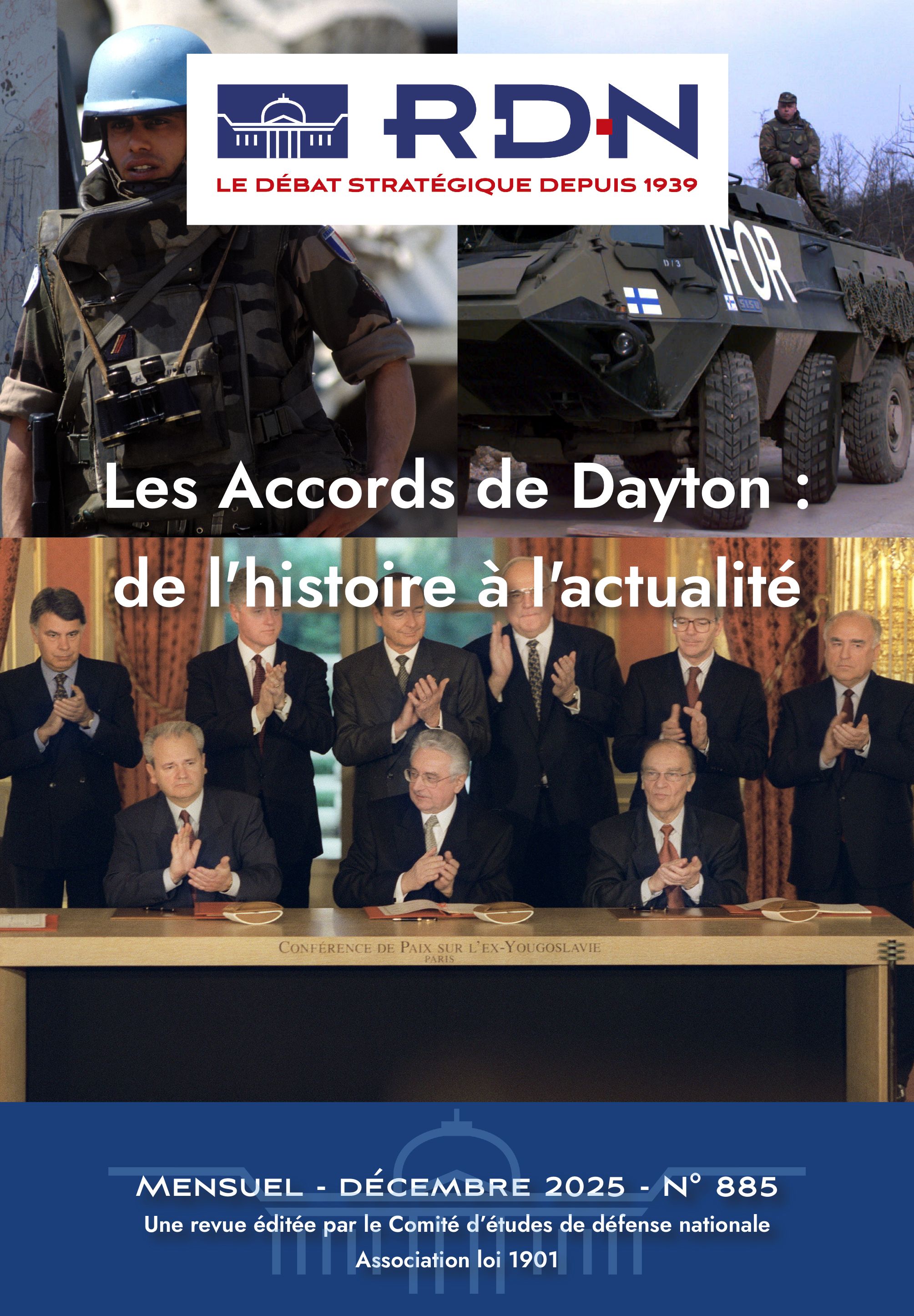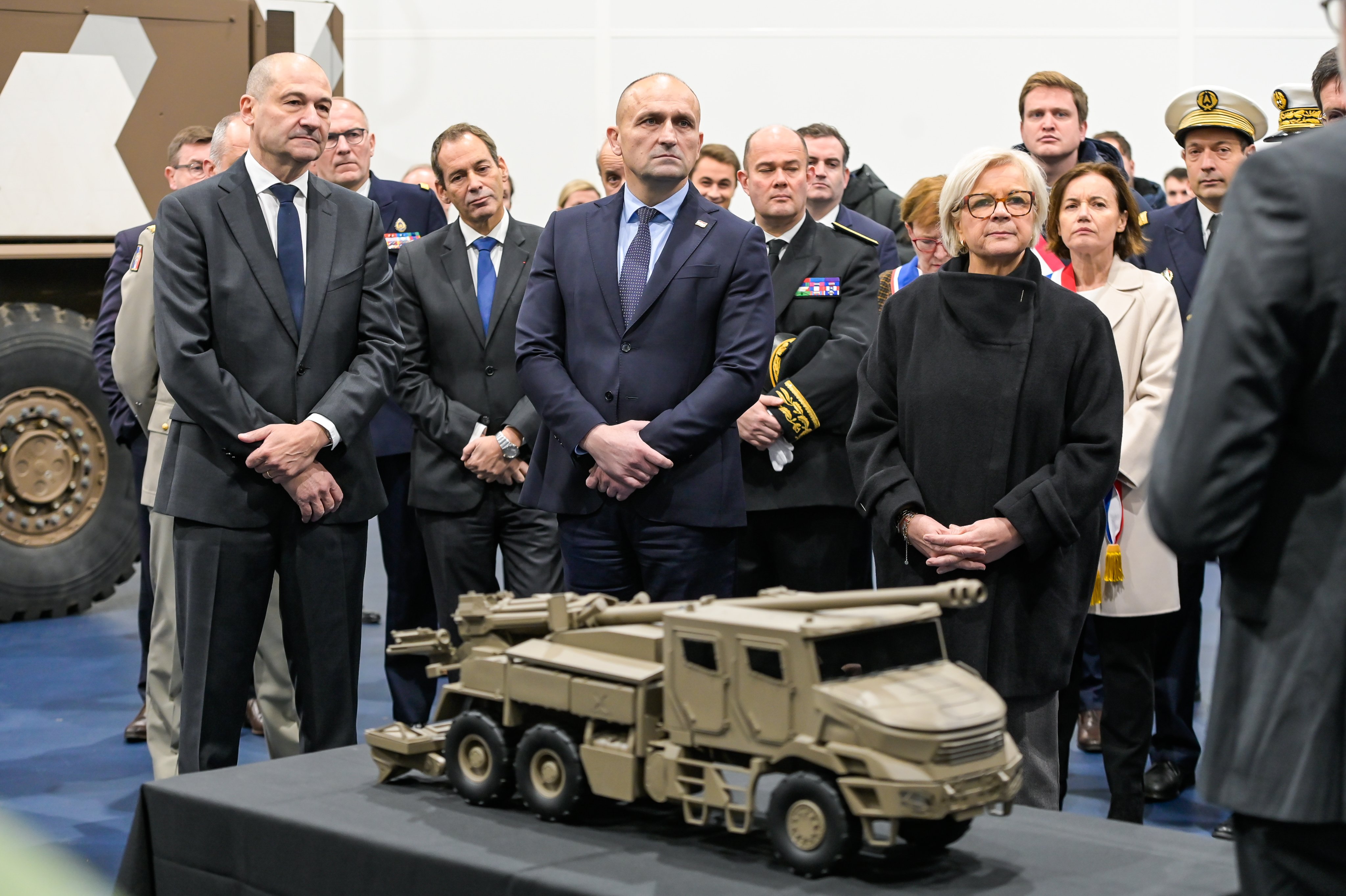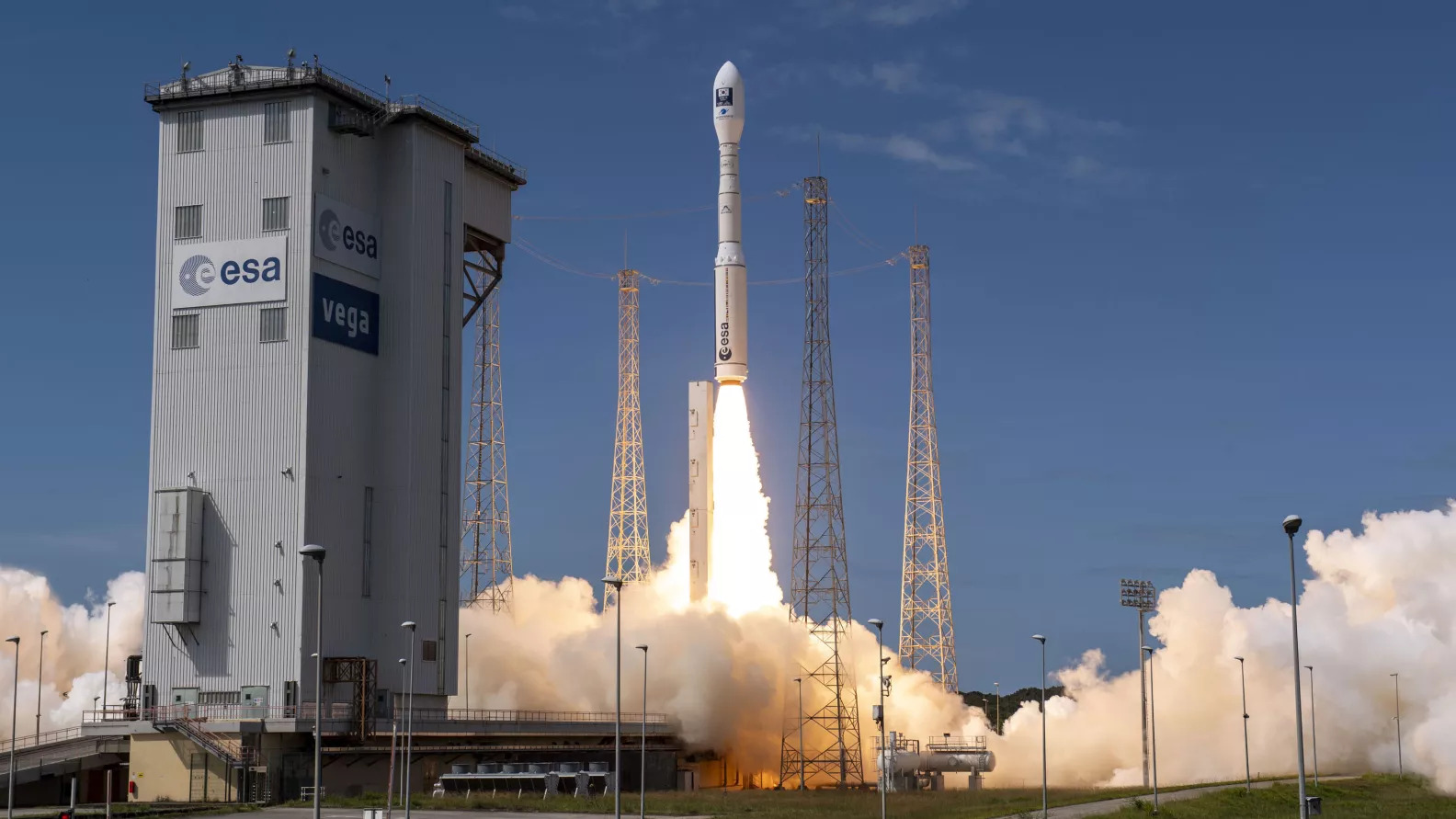The UK has for many decades relied upon volunteers rather than conscripts to complement its Armed Forces, supplemented by a system of Volunteer Reserves. The 1998 Strategic Defence Review (SDR) saw the Reserves, hitherto retained largely for a struggle for national survival, change in structure to become an integral part of the UK’s military capability for operations at home and overseas and change from a large but little used Reserve to a more effective one that is frequently used.
United Kingdom Reserve Forces: concept and utility
The UK has for many decades relied upon volunteers rather than conscripts to complement its Armed Forces, supplemented by a system of Volunteer Reserves. The 1998 Strategic Defence Review (SDR) saw the Reserves, hitherto retained largely for a struggle for national survival, change in structure to become an integral part of the UK’s military capability for operations at home and overseas and change from a large but little used Reserve to a more effective one that is frequently used.
UK Reservists fit broadly into two categories, Regular Reservists; ex members of the Regular Forces, some of whom (54,000) have a liability for call-out for full time service, and Volunteer Reservists, 45,000 civilians who train principally at evenings and weekends and who are liable for call-out for permanent service. SDR placed greater utility for the Reserves and this has been given notable effect, in part by the greater use of Reserves on mobilised service, e.g. since NATO operations in the former Yugoslavia began in December 1995, the Reserves have consistently provided 10% of the manpower for our forces there on a voluntary basis. It has also seen the latter category, the Volunteer Reserves, become the «Reserve of first choice» because of their continuing training commitment and predictable availability.
Now that the coalition forces are firmly in the reconstruction phase of operations in Iraq (Operation TELIC), we are beginning to assess the contribution made to by the UK Reserve Forces. For the war fighting phase of Op TELIC the UK mobilised some 5200 Reservists (representing approximately 10% of the total force). Where possible, Reservists were «intelligently mobilised», i.e. given that we were selecting against a specific requirement, those that were likely to be unavailable for selection for justifiable personal or business reasons, e.g. were pregnant, key employee etc. were eliminated from the process. Intelligent mobilisation was successful but not perfect. We have recognised that future operational planning requires increased Reserves advice and dedicated management information systems.
TELIC has seen Reserves of the Royal Navy (including Royal Marines), Army and Royal Air Force working alongside their Regular counterparts to provide an effective, fully integrated total force. We have good reason to be proud of these men and women. We can also congratulate ourselves on the way in which we achieved the mobilisation and on the support we received from our Reservists’ employers. We were fortunate (and timely) in recognising the importance of educating our Reservists’ employers when last year we began a campaign to define for employers the benefits of employing Reservists; this has been a notable success. We always knew we could rely on our Reservists but for a large mobilisation were less sure of the reaction of their employers who under current legislation are not necessarily aware that their employees are Reservists. Reservists currently have to elect to inform their employers that they are members of the Reserves. This policy is now under review and may in future result in employers being routinely notified when their employees are Reservists.
There are many lessons to be learned from such a large scale mobilisation. Compulsory call-out is not something to turn to lightly but we have now proved our capability and learned what works and what does not. There have been some aspects of current law and procedures, such as the arrangements for financial assistance, which will now be improved. We have also realised that where possible we need to increase the call-out warning period, particularly for employers’ benefit, though this must be balanced against political considerations. Mobilising the Reserves is a signal of intent and a powerful political tool. Operational requirements must also be considered. Many of our «key enabler» positions are filled by Reservists and it is essential they be mobilised early. Consideration in such cases is being given to extending the use of High Readiness Reserves*.
We have been reminded that Reserves are a valuable but finite resource and one which requires careful management. We must ensure that we do not overuse or exhaust our Reserve capacity. We will need to look closely at some of our shortage skill groups and examine ways in which to improve utility, e.g. by making more use of High Readiness Reserves and Sponsored Reserves** or perhaps in some cases redressing the reliance on Reserves by increasing the Regular establishment.
Overall, our experience from recent operations has validated our SDR concept for our Reserves and has required only some minor procedural and structural changes in order to achieve greater efficiency. Our Reserve Force Legislation and associated procedures and regulations worked, as did the mobilisation process itself. Our Reserves, whether ex Regulars or civilian part timers are all ultimately volunteers who form a vital bridge between the civilian and military communities. The compulsory mobilisation for operations in Iraq represented a significant step in modern Reserves development where the partnership between the military, Reservists and employers was tested but not found wanting. And, for society at large, the culture of military mobilisation, as a familiar and necessary activity, has become more widely understood. ♦
* High Readiness Reserves (HRR) are members of any of the Reserve Forces who have specialist skills and who accept an increased liability for call-out. The HRR meets the need for skills that are in short supply in the Regular and Reserve Forces and which might be needed early in a crisis.
** Sponsored Reserves (SR) are civilians who are under contract, via their employer, to provide specialist support to the armed forces in peacetime and to continue to provide the same support on operations as members of a reserve force.






